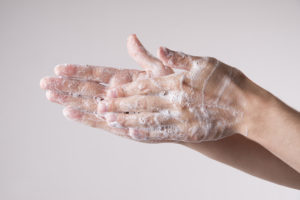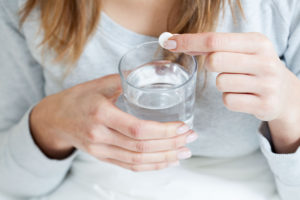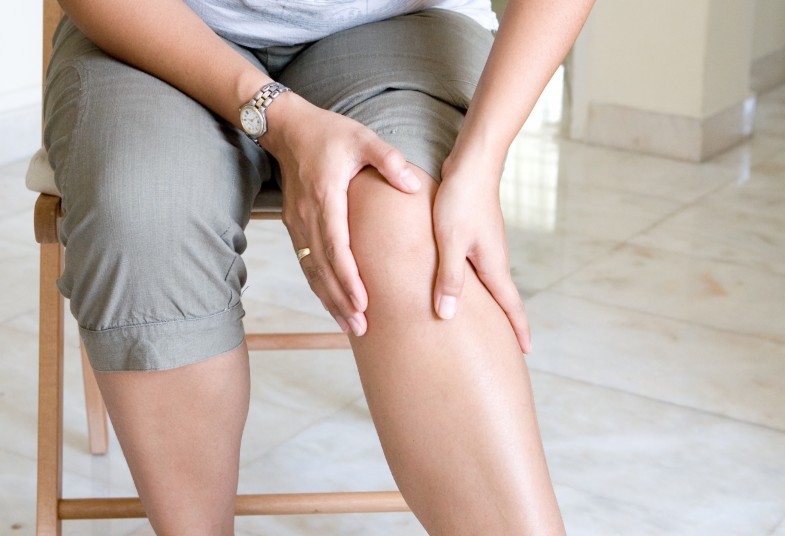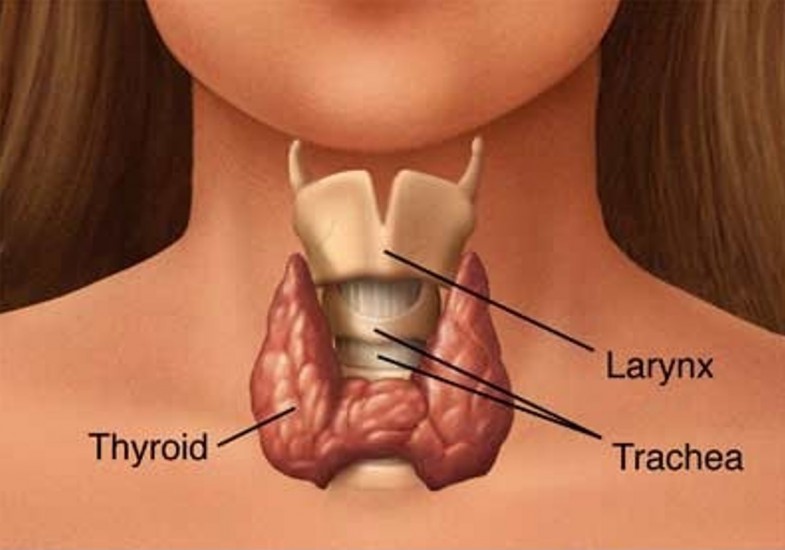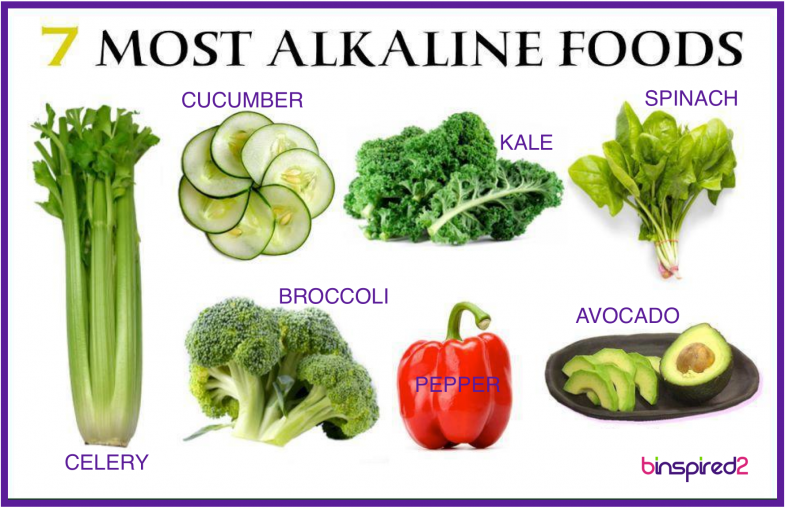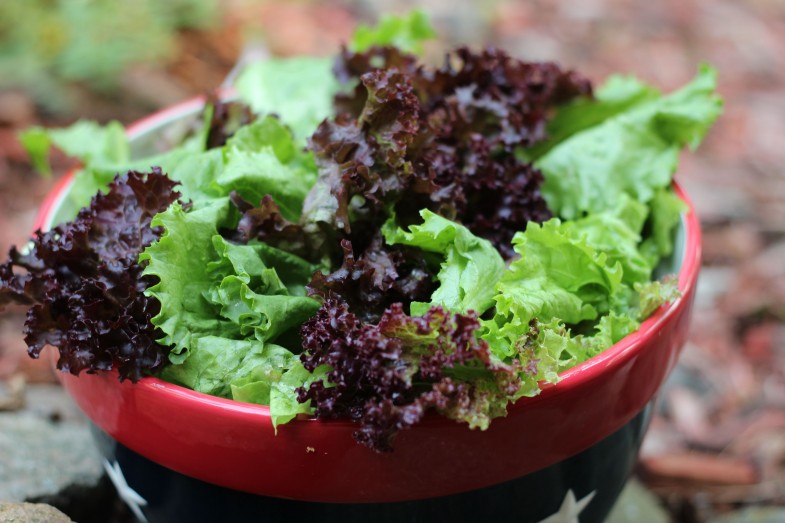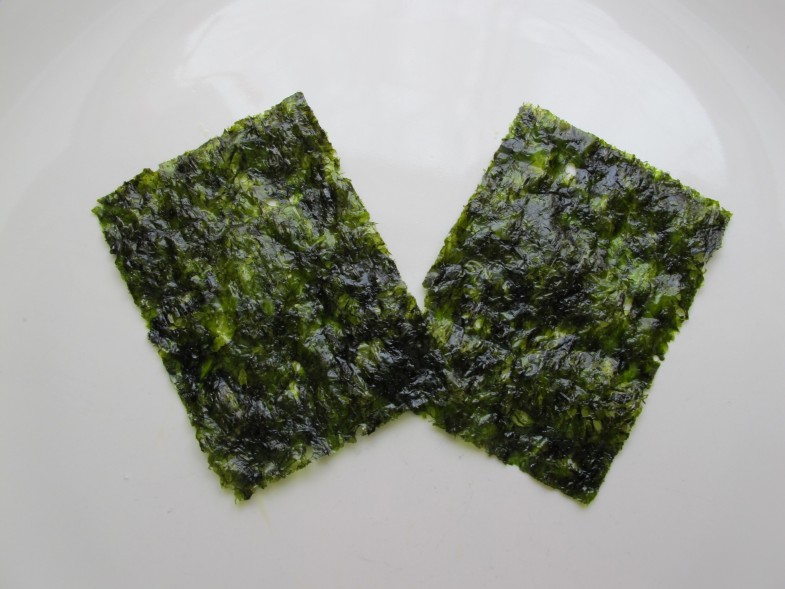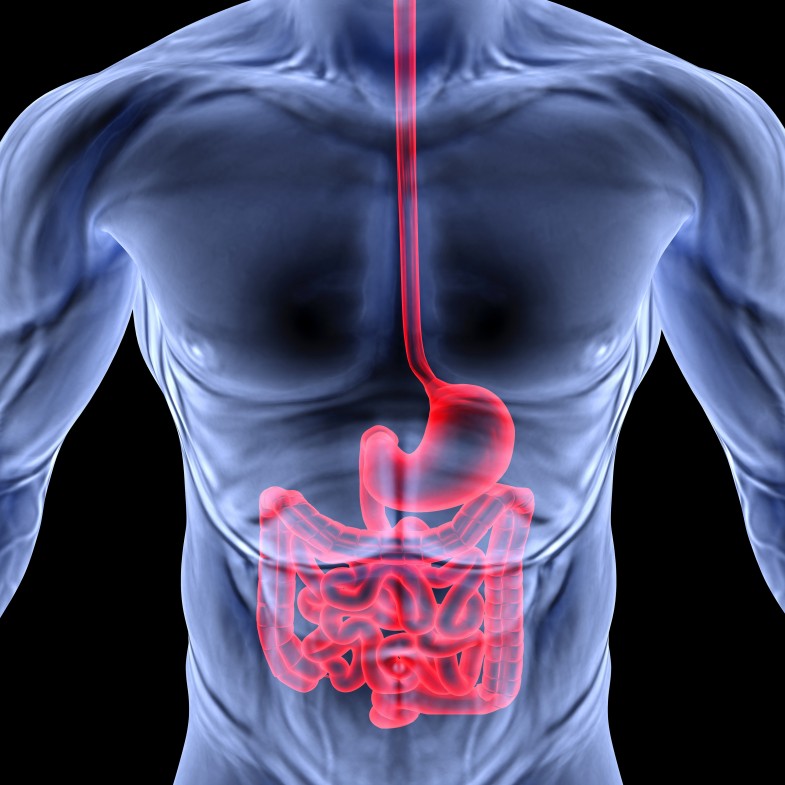
For the past decade, we’ve been hearing a lot about getting enough sleep and what lack of sleep can do physically and mentally to a person. Most experts say that we should be getting 7-8 hours of quality sleep a night. Not getting enough sleep can make a person more susceptible to obesity, diabetes and increase the risk of some cancers and heart conditions. It also leaves a person mentally fatigued, interfering with their ability to function at the level they should be functioning at.
Allow me to say just how true this is…
About 15 years ago, I was sent to a sleep clinic by my doctor because my wife said I stopped breathing a lot when I slept. After the tests, the sleep clinic doctor shared the good and bad news with me. I had three separate and distinct sleep disorders, the worst of which was sleep apnea (this is the one where you stop breathing many times while sleeping). However, he then said that he could treat the sleep apnea or the other two, but it’s not possible to treat all three at the same time. So, I sleep with a CPAP machine that forces air into my nose and keeps me from stopping to breathe. The doctor also told me that to treat the sleep apnea, it can aggravate the other two disorders which he described as minor. The CPAP machine did help, but I also live in constant severe pain which also prevents me from sleeping well. On a good night, I am fortunate if I get a total of 4 hours of sleep during 8 hours of trying to sleep. Consequently, I am constantly fatigued and often fall asleep quite easily. Basically, I’m so tired that I can’t stay awake and but hurt so much I can’t stay asleep. Yes, I am obese, have Type-2 diabetes and my immune system is very compromised making me very susceptible to every bug that goes around.
With all that said, have you ever heard of ‘social jet lag’? It has nothing to do with flying in a plane from one time zone to another. Social jet lag is defined as getting up at a certain time during the week and then sleeping in on the weekends. While many people do this to catch up on their sleep, it is actually proving to interrupt our body’s circadian rhythm. Many functions in your body are controlled by your circadian rhythm.
According to one source:
-
Circadian rhythm:
A circadian rhythm is a roughly 24-hour cycle in the physiological processes of living beings, including plants, animals, fungi and cyanobacteria.
In a strict sense, circadian rhythms are endogenously generated, although they can be modulated by external cues such as sunlight and temperature.
Circadian rhythms are important in determining the sleeping and feeding patterns of all animals, including human beings.
There are clear patterns of brain wave activity, hormone production, cell regeneration and other biological activities linked to this daily cycle.
Breaking up the circadian rhythm disrupts the natural cycle of how and when things work in our bodies. This is why rotating shifts are very bad on one’s health, as is social jet lag.
But did you know that where you live in a time zone can also affect your circadian rhythm which in turn may increase your chances of developing a number of health conditions including cancer?
For example, take the Eastern Time Zone. It reaches from the east coast westward. A person living in the eastern part of the time, say Boston, gets up at 8am and it is daylight. The daylight helps trigger the circadian rhythm processes. Yet a person living in Ohio or northern Kentucky also in the Eastern Time Zone, who gets up at 8am may find that it’s still dark outside. Hence the activity of getting up and the darkness work oppositely on the circadian rhythm. One researcher said that for every 5 degrees of longitude westward within a time zone is equal to a 20-minute delay in sunrise.
While you may be saying big deal, you may find what else the research found to be insightful:
-
Social jet lag has been linked to various conditions including obesity and diabetes, Caporaso said. In the new study, the researchers focused on cancer.
Cancer and the biological clock
In the study, the researchers looked at data on 4 million white adults who had been diagnosed with cancer between 2000 and 2012. The people in the study lived in more than 600 counties in 11 states, all within the continental U.S.
Results showed that for every 5 degrees of longitude toward the west that a person lived from the eastern edge of their time zone, his or her risk of developing any type of cancer increased by 3 percent in men and 4 percent in women.
The researchers also looked at people’s risk of developing specific cancers.
For example, men who lived in the western-most region of a time zone had a 4 percent greater risk of prostate cancer, and 13 percent greater risk of chronic lymphocytic leukemia, a cancer that affects white blood cells, compared with men who lived in the eastern-most regions of a time zone, the researchers found.
Women living in the western-most regions had a 4 percent greater risk of breast cancer, a 12 percent greater risk of chronic lymphocytic leukemia and a 10 percent greater of a type of uterine cancer compared with women living in the eastern-most region of a time zone, the researchers found.
Keeping to a set schedule of getting up at the same time every day is much healthier than sleeping in on the weekends, but then again so is living towards the eastern edge of your time-zone.

